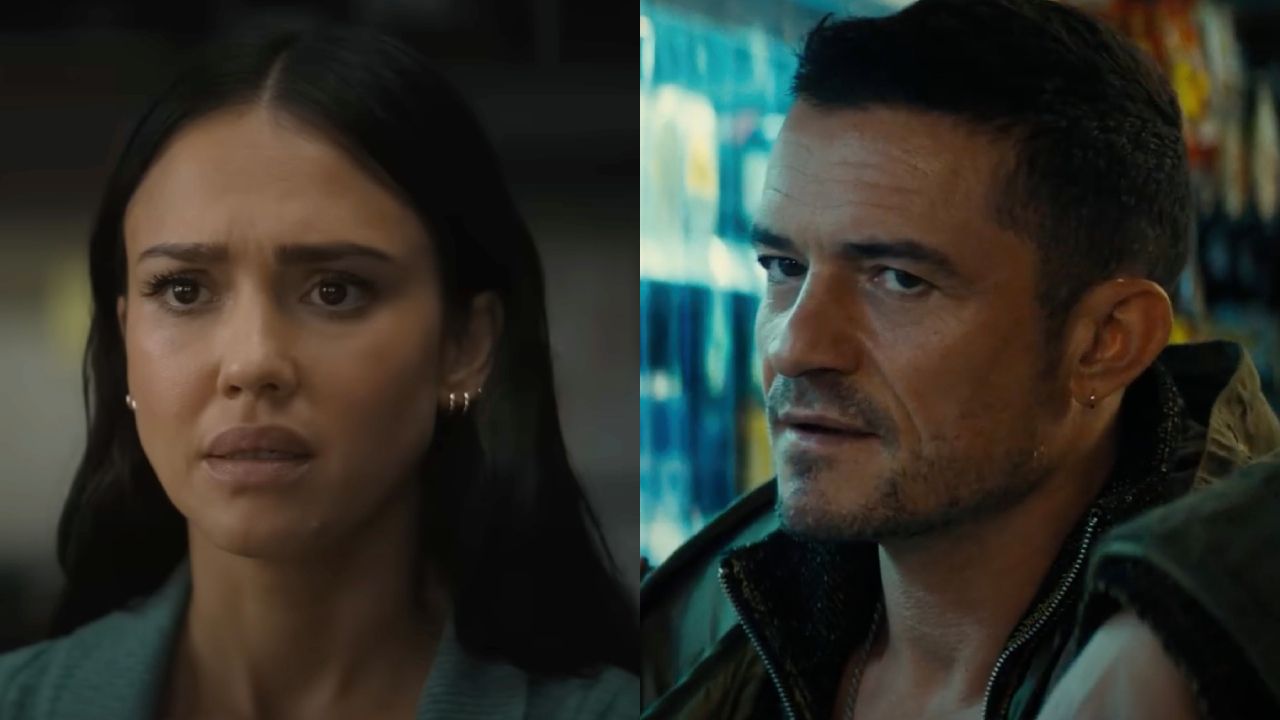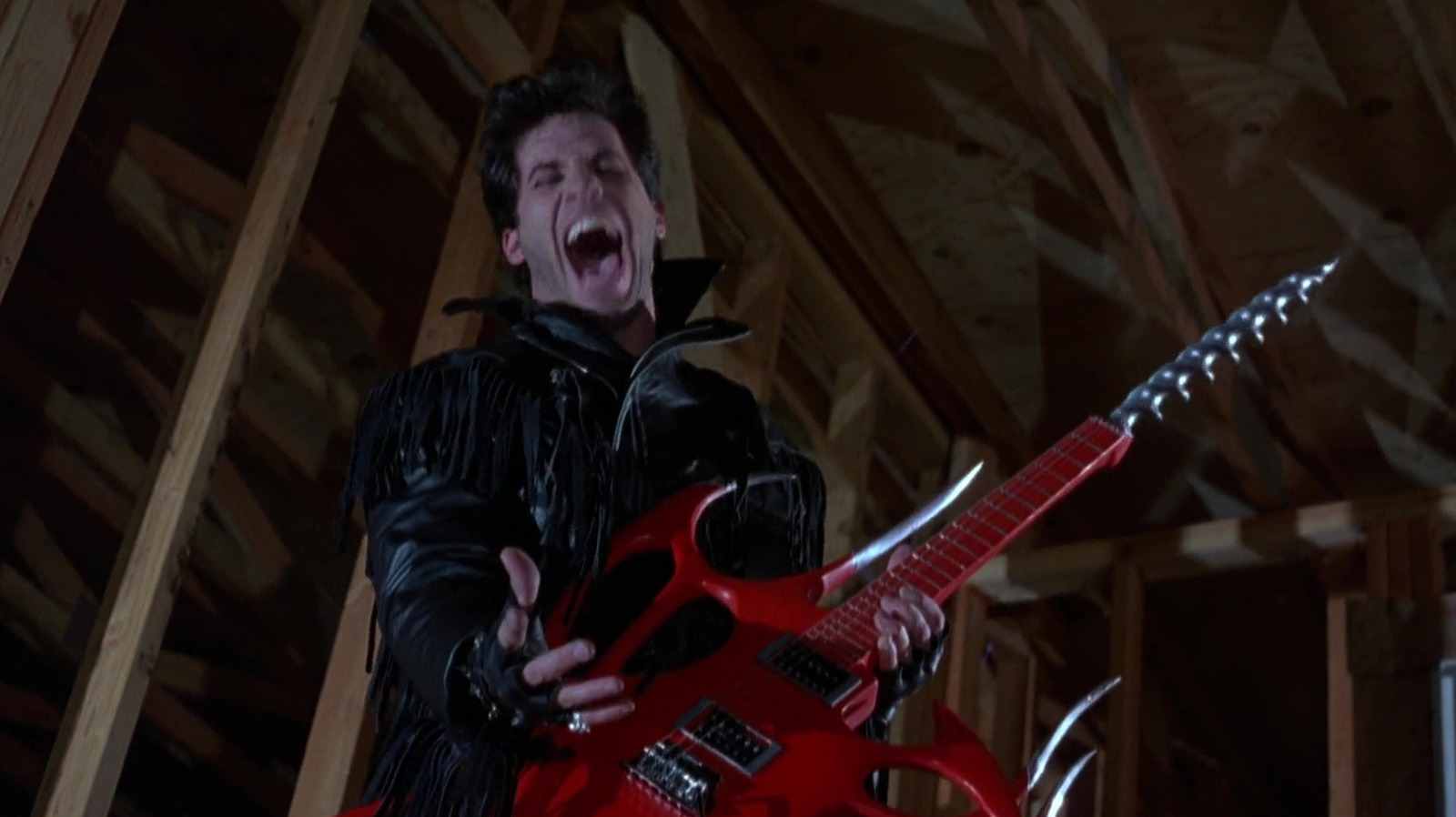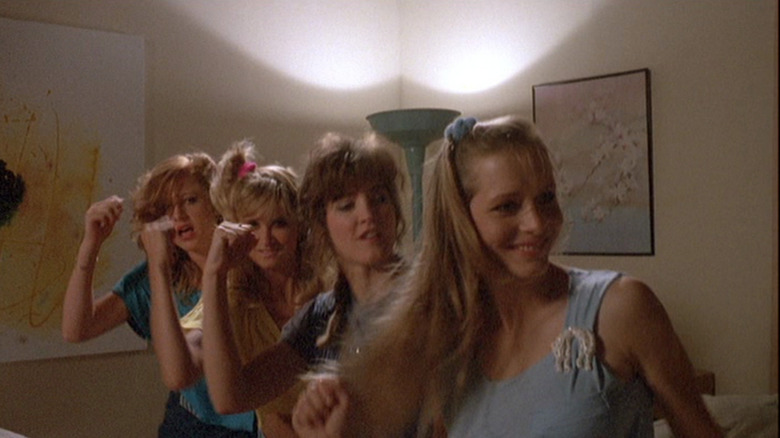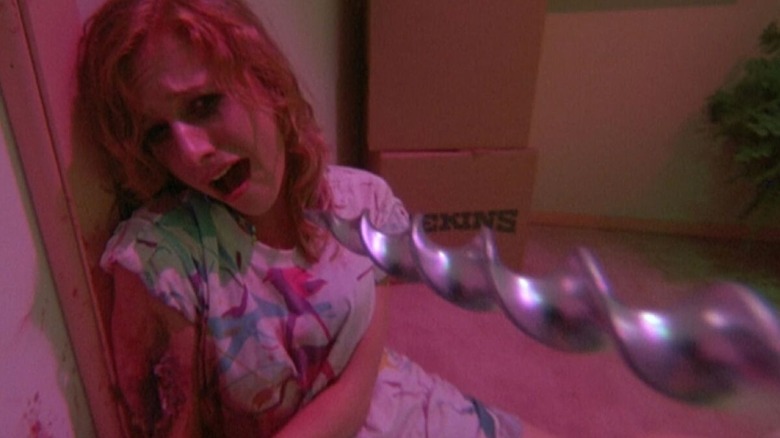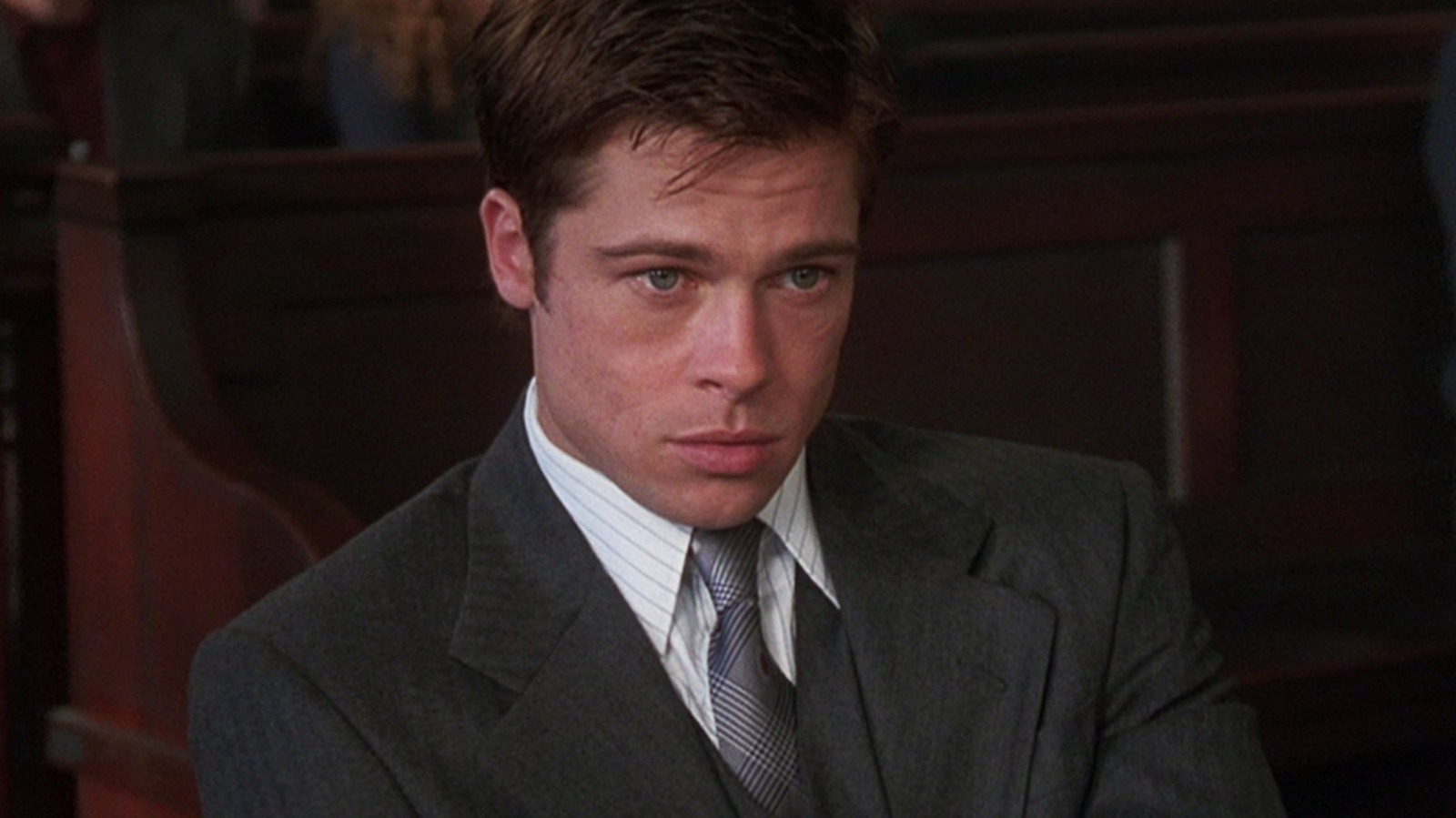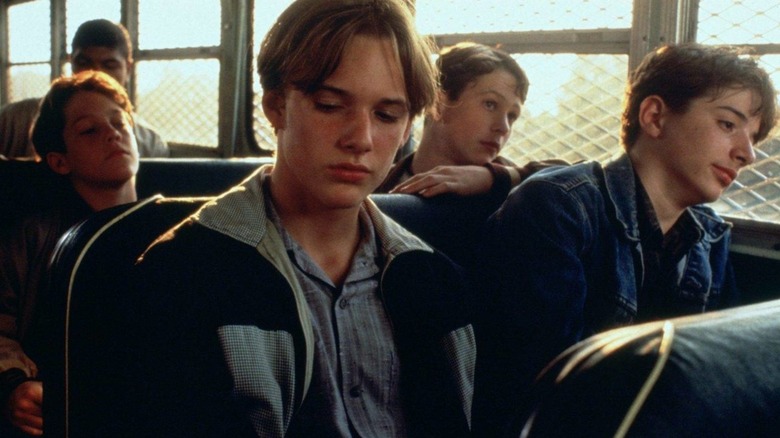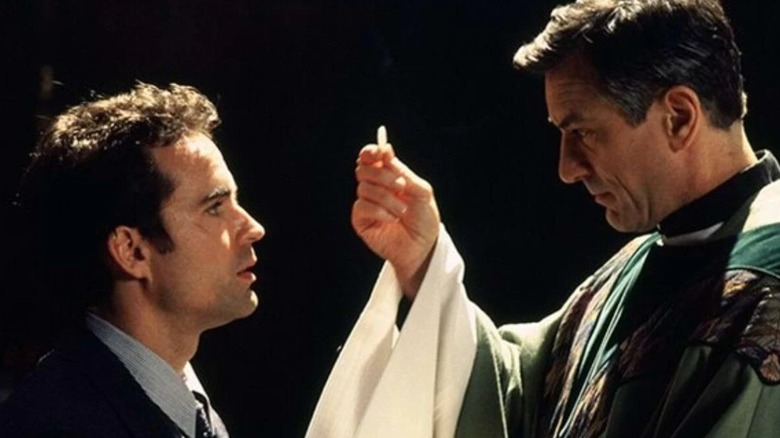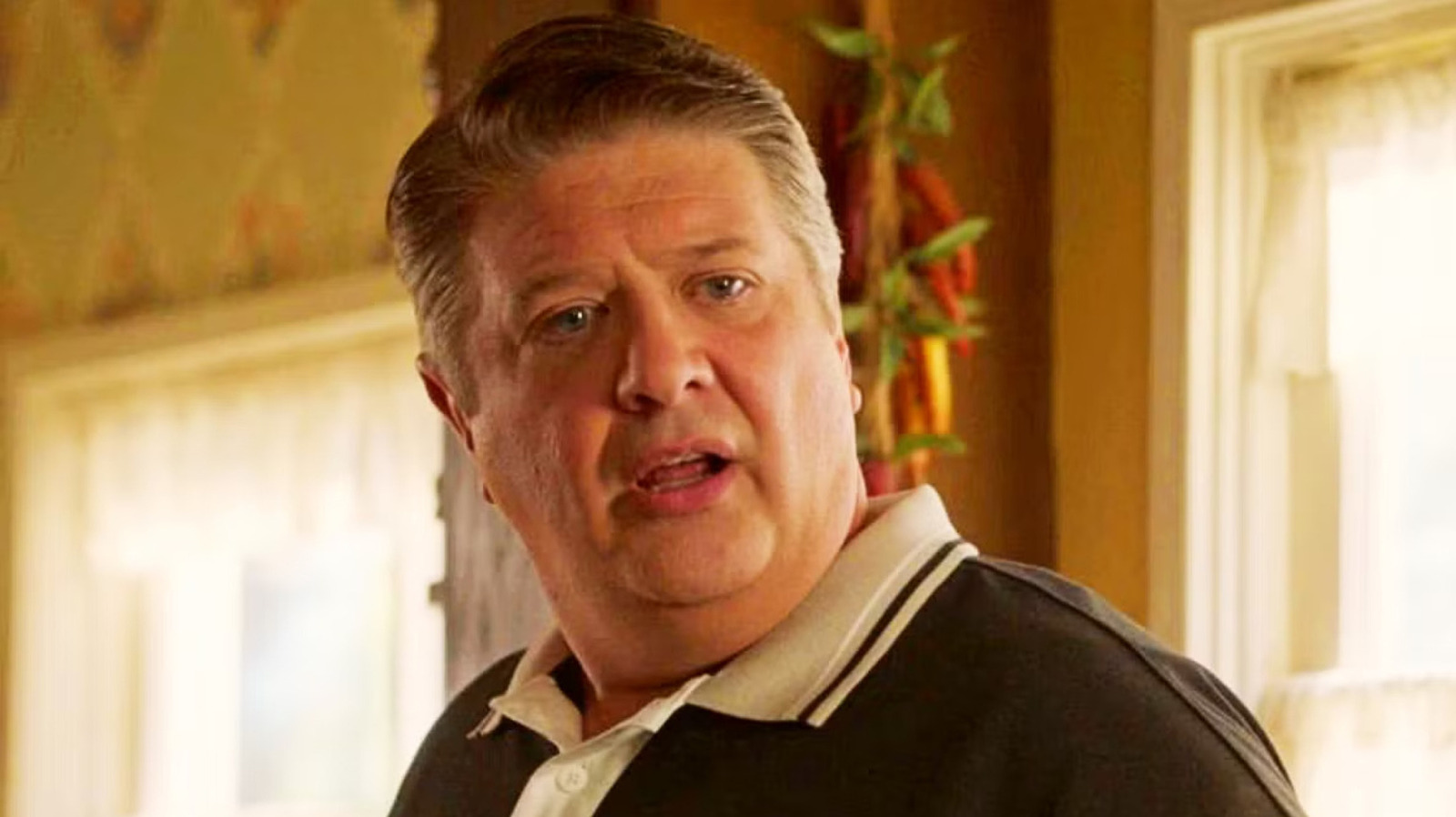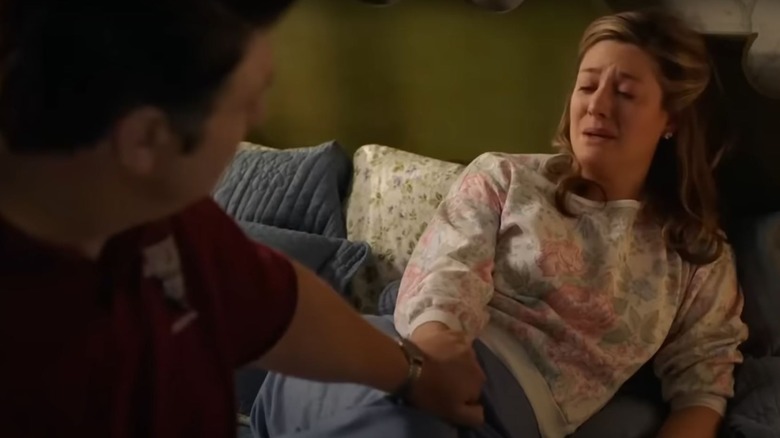
Sarajevo Film Festival Unveils Lineup Exploring Life and Survival in “Unstable Social Frameworks”

The Sarajevo Film Festival in Bosnia and Herzegovina unveiled the lineup for its 31st edition on Wednesday. The festival’s four competition sections – for feature, documentary, short and student films – will feature 15 world, six international, 28 regional and two national premieres. A total of 50 films will compete for the Heart of Sarajevo awards.
This year, the Sarajevo festival programmers team, led by creative director Izeta Građević, watched 1,036 films, including 195 feature fiction films, 291 documentaries, and 550 shorts and student titles.
“The competition programs of the 31st Sarajevo Film Festival bring together filmmakers who, each from their own perspective and in various film formats and genres, explore how we live and how we survive within complex and unstable social frameworks,” said Građević. “The backbone of this year’s competition programs are films that, transcending national boundaries, remain true to the universal stories that shape our lives. In this range – from topics that deal with today to those that question the past – this selection opens up space to remember, through film stories, what we all have in common: the need for meaning, for closeness, for understanding – ourselves and others.”
Elma Tataragić, the programmer of the competition program – feature film, said that the section’s nine films include three world premieres and six regional premieres, making for “an impressive and diverse panorama of contemporary regional cinema.” Touting “a dynamic mix of bold narration, visual innovation and fresh perspectives that reflect the richness of the region’s cultural tapestry,” she highlighted that the competition includes six debut films that “bring original voices and bold creative approaches to the big screen.”
Italian auteur Paolo Sorrentino will receive this year’s Honorary Heart of Sarajevo award. The Sarajevo fest runs Aug. 15-22.
Check out the full Sarajevo lineup below.
COMPETITION PROGRAM – FEATURE FILM
OTTER (VIDRA), Srđan Vuletić (Montenegro, Bosnia and Herzegovina, Italy, Croatia, Kosovo, 2025, 88 min.) – World premiere
STARS OF LITTLE IMPORTANCE (MINDEN CSILLAG), Renátó Olasz (Hungary, 2025, 83 min.) – World premiere
YUGO FLORIDA, Vladimir Tagić (Serbia, Bulgaria, France, Croatia, Montenegro, 2025, 112 min.) – World premiere
DJ AHMET, Georgi M. Unkovski (North Macedonia, Czech Republic, Serbia, Croatia, 2025, 99 min.) – Regional premiere
FANTASY, Kukla (Slovenia, North Macedonia, 2025, 98 min.) – Regional premiere
GOD WILL NOT HELP (BOG NEĆE POMOĆI), Hana Jušić (Croatia, Italy, Romania, Greece, France, Slovenia, 2025, 135 min.) – Regional premiere
SORELLA DI CLAUSURA, Ivana Mladenović (Romania, Serbia, Italy, Spain, 2025, 103 min.) – Regional premiere
WHITE SNAIL, Elsa Kremser, Levin Peter (Austria, Germany, 2025, 115 min.) – Regional premiere
WIND, TALK TO ME (VETRE, PRIČAJ SA MNOM), Stefan Đorđević (Serbia, Slovenia, Croatia, 2025, 100 min.) – Regional premiere
COMPETITION PROGRAM – DOCUMENTARY FILM
BOSNIAN KNIGHT (BOSANSKI VITEZ), Tarik Hodžić (Bosnia and Herzegovina, Croatia, 2025, 79 min.) – World premiere
I SAW A ‘SUNO’ (SUNO DIKHLEM), Katalin Barsony (Hungary, Belgium, 2025, 92 min.) – World premiere
KITE (CHARTAETOS), Thanos Psichogios (Greece, 2025, 15 min.) – World premiere
STEEL HOTEL SONG, Bojan Stojčić (Bosnia and Herzegovina, 2025, 19 min.) – World premiere
LETTERS (PISMA), Aysel Küçüksu (Bulgaria, 2025, 11 min.) – International premiere
MY DAD’S LESSONS (LEKCIJE MOG TATE), Dalija Dozet (Croatia, 2025, 62 min.) – International premiere
RED SLIDE (CRVENI TOBOGAN), Nebojša Slijepčević (Croatia, 2025, 27 min.) – International premiere
THIRD WORLD (TREĆI SVIJET), Arsen Oremović (Croatia, 2025, 101 min.) – International premiere
CUBA & ALASKA, Yegor Troyanovsky (Ukraine, France, Belgium, 2025, 93 min.) – Regional premiere
DIVIA, Dmytro Hreshko (Ukraine, Poland, The Netherlands, USA, 2025, 79 min.) – Regional premiere
DREAMERS: PEOPLE OF THE LIGHT (XƏYALPƏRƏSTLƏR: İŞIĞIN UŞAQLARI), Imam Hasanov (Azerbaijan, 2025, 86 min.) – Regional premiere
EVERYTIME YOU LEAVE, YOU ARE BORN AGAIN (SVAKI PUT KAD ODEŠ, PONOVO SE RAĐAŠ), Mladen Bundalo (Bosnia and Herzegovina, Belgium, 2025, 24 min.) – Regional premiere
I BELIEVE THE PORTRAIT SAVED ME (MUA BESOJ MË SHPËTOJ PORTRETI), Alban Muja (Kosovo, The Netherlands, 2025, 10 min.) – Regional premiere
IN HELL WITH IVO, Kristina Nikolova (Bulgaria, USA, 2025, 80 min.) – Regional premiere
MILITANTROPOS, Yelizaveta Smith, Alina Gorlova, Simon Mozgoviy (Ukraine, Austria, France, 2025, 111 min.) – Regional premiere
OUR TIME WILL COME (UNSERE ZEIT WIRD KOMMEN), Ivette Löcker (Austria, 2025, 105 min.) – Regional premiere
THE MEN’S LAND (KACEBIS MITSA), Mariam Bakacho Khatchvani (Georgia, Hungary, 2025, 15 min.) – Regional premiere
SLET 1988, Marta Popivoda (Serbia, Germany, France, 2025, 22 min.) – Regional premiere
19-MONTH CONTRACT, Ketevan Vashagashvili (Georgia, Bulgaria, Germany, 2025, 77 min.) – B&H premiere
TATA, Lina Vdovîi, Radu Ciorniciuc (Romania, Germany, The Netherlands, 2025, 82 min.) – B&H premiere
OUT OF COMPETITION FILM
OHO FILM, Damjan Kozole (Slovenia, Croatia, 2025, 93 min.) – International premiere, out of competition
COMPETITION PROGRAM – SHORT FILM
BERNA’S EYES (SYTË E BERNËS), Ermal Gërdovci (Kosovo*, North Macedonia, 2025, 17 min.) – World premiere
DESERT, SHE (IERIMOS), Ioanna Digenaki (Greece, 2025, 14 min.) – World premiere
PROCEDURE (PROSEDÜR), Rabia Özmen (Türkiye, 2025, 18 min.) – World premiere
ALIȘVERIȘ, Vasile Todinca (Romania, 2025, 15 min.) – Regional premiere
ERASERHEAD IN A KNITTED SHOPPING BAG, Lili Koss (Bulgaria, 2025, 19 min.) – Regional premiere
HYSTERICAL FIT OF LAUGHTER (HISTERIČNI NAPAD SMEHA), Matija Gluščević, Dušan Zorić (Serbia, Croatia, 2025, 15 min.) – Regional premiere
INDEX, Radu Muntean (Romania, 2025, 28 min.) – Regional premiere
THE SPECTACLE, Bálint Kenyeres (Hungary, France, 2025, 17 min.) – Regional premiere
UPON SUNRISE (KAD SVANE), Stefan Ivančić (Serbia, Spain, Slovenia, Croatia, 2025, 15 min.) – Regional premiere
WINTER IN MARCH (LUMI SAADAB MEID), Natalia Mirzoyan (Armenia, Estonia, France, Belgium, 2025, 16 min.) – Regional premiere
COMPETITION PROGRAM – STUDENT FILM
AFTER CLASS (DUPĂ ORE), Marius Papară (Romania, 2025, 18 min.) – World premiere
FOUND & LOST, Reza Rasouli (Austria, 2025, 17 min.) – World premiere
HOME, A SPACE BETWEEN US, Effi Rabsilber (Greece, 2025, 16 min.) – World premiere
RAHLO, Jozo Schmuch (Croatia, 2025, 19 min.) – World premiere
TARIK, Adem Tutić (Serbia, 2025, 27 min.) – World premiere
CURFEW (KOMENDANTSKA HODYNA), Yelyzaveta Toptyhina (Ukraine, 2025, 23 min.) – International premiere
BACKSTROKE (SIRTÜSTÜ), Asya Günen (Türkiye, 2025, 14 min.) – Regional premiere
LIVING STONES (ÉLŐ KÖVEK), Jakob Ladányi Jancsó (Hungary, 2025, 20 min.) – Regional premiere
MILK AND COOKIES (FURSECURI ȘI LAPTE), Andrei-Tache Codreanu (Romania, 2025, 21 min.) – Regional premiere
PENINSULA (POLUOTOK), David Gašo (Croatia, 2025, 19 min.) – Regional premiere
WISH YOU WERE EAR, Mirjana Balogh (Hungary, 2025, 10 min.) – Regional premiere


